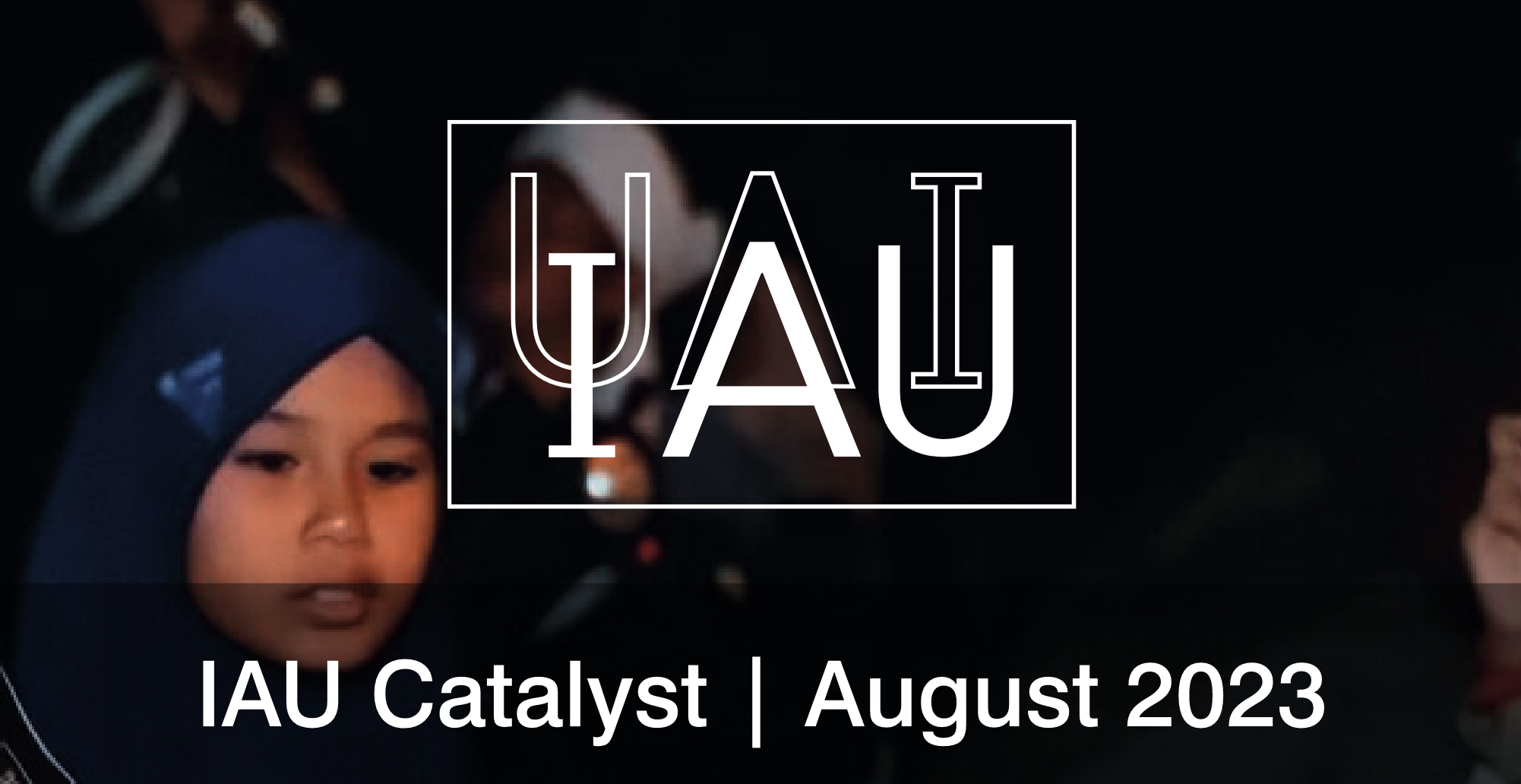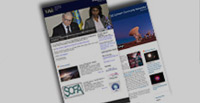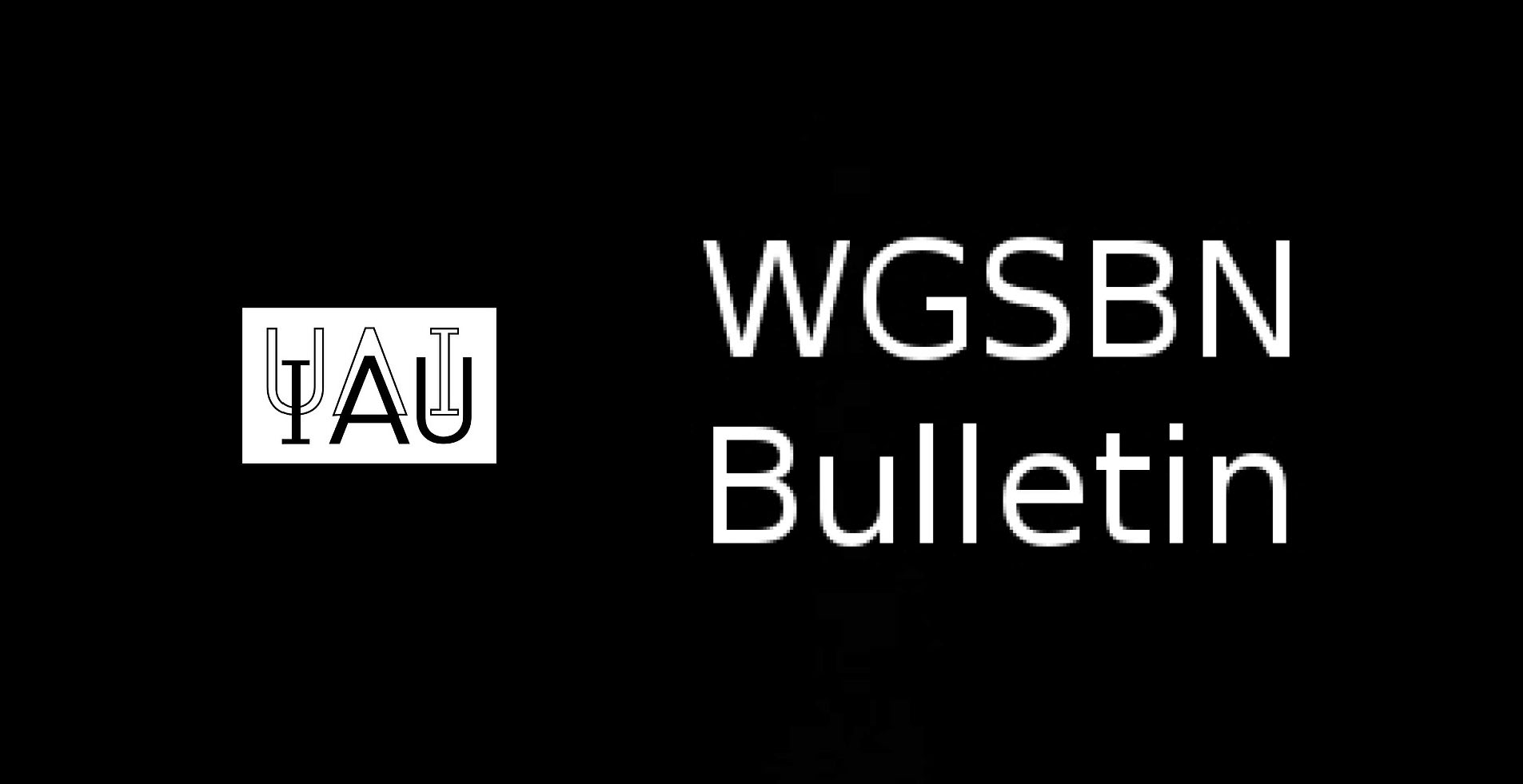- News
- Science
- Scientific Bodies
- Divisions
- Commissions
- Commission A1 Structure
- Commission A2 Structure
- Commission A3 Structure
- Commission A4 Structure
- Commission B1 Structure
- Commission B2 Structure
- Commission B3 Structure
- Commission B4 Structure
- Commission B5 Structure
- Commission B6 Structure
- Commission B7 Structure
- Commission C1 Structure
- Commission C2 Structure
- Commission C3 Structure
- Commission C4 Structure
- Commission C5 Structure
- Commission D1 Structure
- Commission E1 Structure
- Commission E2 Structure
- Commission E3 Structure
- Commission E4 Structure
- Commission F1 Structure
- Commission F2 Structure
- Commission F3 Structure
- Commission F4 Structure
- Commission G1 Structure
- Commission G2 Structure
- Commission G3 Structure
- Commission G4 Structure
- Commission G5 Structure
- Commission H1 Structure
- Commission H2 Structure
- Commission H3 Structure
- Commission H4 Structure
- Commission J1 Structure
- Commission J2 Structure
- Commission J3 Structure
- Commission X1 Structure
- Commission X2 Structure
- Past Commission Organising Committees
- Working Groups
- Centres
- Scientific Meetings
- Rules & Guidelines
- General Assemblies
- Meeting Proposals
- Future IAU Meetings
- General Assemblies
- EC Meetings
- Officers' Meetings
- Regional Meetings
- Symposia
- Focus Meetings
- Institutional Meetings
- IAU Offices Meetings
- IAU-Sponsored Meetings
- Letters of Intent submitted for 2024
- Letters of Intent submitted for 2023
- Letters of Intent submitted for 2022
- Letters of Intent submitted for 2021
- Letters of Intent submitted for 2020
- Past IAU Meetings
- Templates
- Other Meetings
- Grants & Prizes
- Scientific Bodies
- Publications
- IAU Publications
- IAU Strategic Plan
- Symposia
- WGSBN Bulletins
- Regional Meetings
- Information Bulletins/Catalyst
- E-Newsletters
- Focus Meetings
- Transactions A
- Transactions B
- Related Publications
- GA Newspapers
- CAPjournal
- IAU Books
- Brochures
- IAU Offices
- WG Reports
- Commission Reports
- Division Reports
- Past IAU Publications
- Rules, Guidelines and Instructions for Proceedings
- Publishers
- IAU Publications
- Administration
- About the IAU
- Statutes & Rules
- IAU Policies
- IAU Executive Bodies
- IAU Secretariat
- Resolutions
- Members Administration
- Administrative Dates & Deadlines
- International Organisations Relations
- Donate to the IAU
- Training in Astronomy
- Astronomy for Education
- Astronomy for Development
- Astronomy for the Public
- Office for Astronomy Outreach
- FAQ
- Themes
- Satellite Constellations
- Astronomy in Everyday Life
- How to Report a Discovery
- Careers in Astronomy
- Defining our Place in the Cosmos
- The Constellations
- Light Pollution
- Measuring the Universe
- Near Earth Objects
- How to Participate in Astronomy Research
- Naming of Astronomical Objects
- Naming of Exoplanets
- Buying Star Names
- Naming Stars
- Pluto and the Solar System
- IAU Member Statistics
- Our Moon: the Moon
- Meteors & Meteorites: The IAU Definitions of Meteor Terms
- UNESCO-IAU Portal to the Heritage of Astronomy
- Social Media
- Past Events
- Call for Online Resources
- Astronomy@Home Awards
- Contact

Sahar S. Allam
United States
1964-2022
Obituary:
Sahar Said Allam
(September 3, 1964 – March 29, 2022)
Allam was an active researcher in multiple and varied fields of observational astronomy, including dust and star formation in galaxies, strongly lensed galaxies, photometric calibration, and the optical follow-up of gravitational wave events.
By Douglas Tucker (Fermilab), Brian Yanny (Fermilab), and J. Allyn Smith (APSU)
Dr. Sahar Said Allam, an active researcher in multiple and varied fields of observational astronomy, died after a long battle with pancreatic cancer on Tuesday, March 29, 2022. She was age 57.
She was an alumna of Cairo University and the National Research Institute of Astronomy & Geophysics (NRIAG). Her scientific career took her to the Universität Potsdam (Germany), New Mexico State University (USA), the Space Telescope Science Institute (USA), and the Fermi National Accelerator Laboratory (Fermilab; USA), as well as to astronomical observatories in New Mexico, Arizona, Hawaii, Chile, and Australia. Among other projects, she worked on the Sloan Digital Sky Survey (SDSS) and the Dark Energy Survey (DES), achieving the coveted “Builders” status on both these projects. She was the discoverer of the (at the time) brightest known Lyman Break Galaxy, the strongly lensed “8 O’Clock Arc”, and played an important role in the discovery of the optical counterpart to the gravitational wave event GW170817. During her final illness, she began work as a Data Preview 0 (“DP0”) Delegate for the Vera C. Rubin Legacy Survey of Space & Time (LSST) and was even the Principal Investigator on a successful observing proposal submitted posthumously. The asteroid “135979 Allam” is named after her.
According to her in memoriam in the 5 August 2022 edition of the Fermilab internal e-newsletter, Fermilab Today, Sahar was an enthusiastic supporter of the lab’s cosmic frontier experiments – always at the front of the line to volunteer for the most difficult to staff observing shifts (Christmas and New Year’s) on the mountaintop in Chile. Specializing in photometric calibration, she made invaluable contributions to the SDSS and DES projects, uncovering numerous issues with her painstaking analysis. Sahar loved scientific discovery and was rightfully proud of uncovering several gravitationally lensed galaxies in the distant universe, found by carefully scanning by eye thousands of SDSS and DES images. She treasured the discoveries that the astrophysics survey projects enabled. Perhaps the most exciting happening was on the night of 17 August 2017, when she was on shift duty at the remote observing station in Fermilab’s Wilson Hall when the optical counterpart to the LIGO gravitational wave oscillation was detected by the DECam imaging camera in Chile – a brilliant flash of light resulting from the merger of two neutron stars 120 million light years distant! Sahar was a constant presence among the experimental astrophysics group at Fermilab for nearly 20 years, welcoming to all. Students and postdocs from all lands fondly recalled Sahar’s tips for working in a cubicle surrounded by vocal physicists and noted that she was always available for a chat day or late into the night. Many colleagues expressed the sentiment felt by all those who knew her: “It is very sad to lose a friend.”
A recording of her celebration of life -- held online 3 September 2022 – can be found at this URL and a guestbook containing contributions from friends and colleagues can be found at this URL. A recording of a memorial lecture, given by Douglas Tucker at the National Research Institute of Astronomy & Geophysics (NRIAG) on 6 February 2023, can be found at this URL.
Adapted and reproduced with permission from the 5 August 2022 edition Fermilab’s internal e-newsletter, Fermilab Today (link, currently only accessible from within the Fermilab firewall).
Obituary also being provided to the American Astronomical Society’s Historical Astronomy Division
Past affiliation(s) within the IAU
- Past Member of Division A Fundamental Astronomy (2018-2022)
- Past Member of Division B Facilities, Technologies and Data Science (2018-2022)
- Past Member of Division J Galaxies and Cosmology (2021-2022)
- Past Member of Commission J3 Galaxies at the Epoch of Reionisation (2021-2022)
Areas of interest
1 - General: 1.11 - Standards
2 - Physical data and processes: 2.14 - Gravitational lensing
3 - Astronomical instrumentation, methods and techniques: 3.10 - Telescopes: optical
4 - Astronomical data bases: 4.4 - Surveys
8 - Stars: 8.39 - Stars: white dwarfs
11 - Galaxies: 11.5 - Galaxies: clusters, 11.10 - Galaxies: formation, 11.27 - Galaxies: photometry
12 - Cosmology: 12.7 - Cosmology: dark energy
Search individual members

















